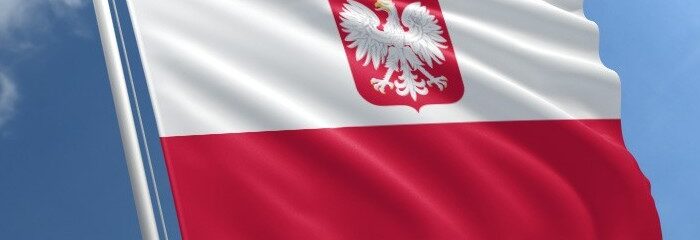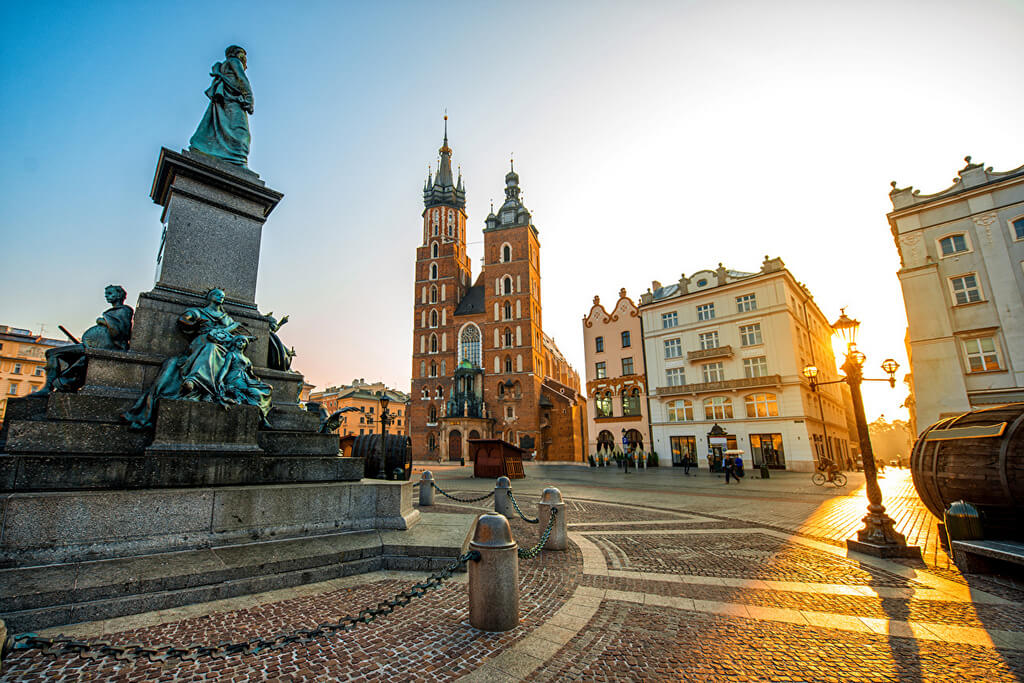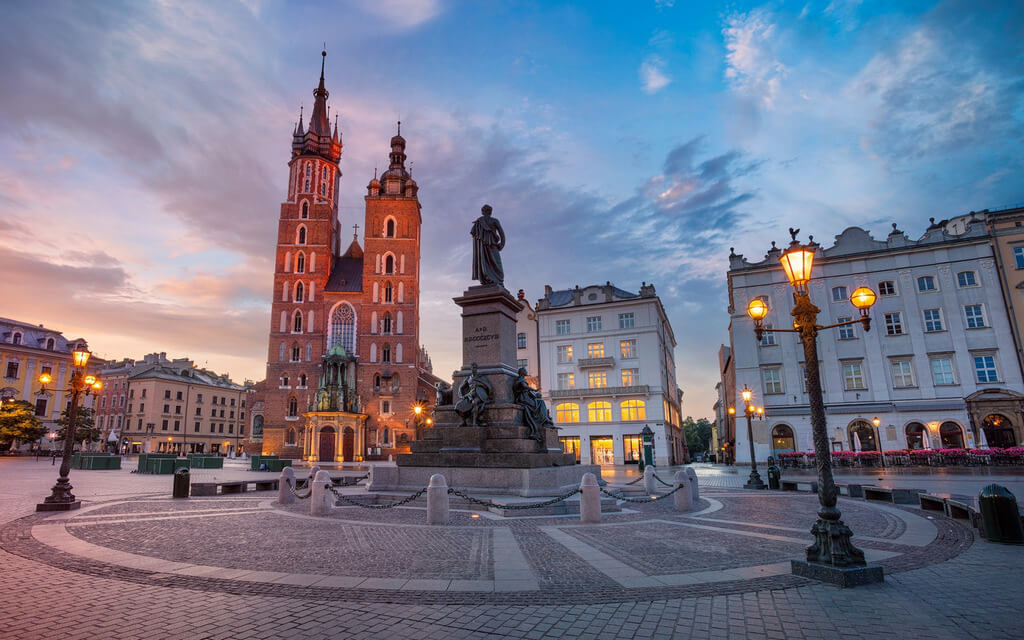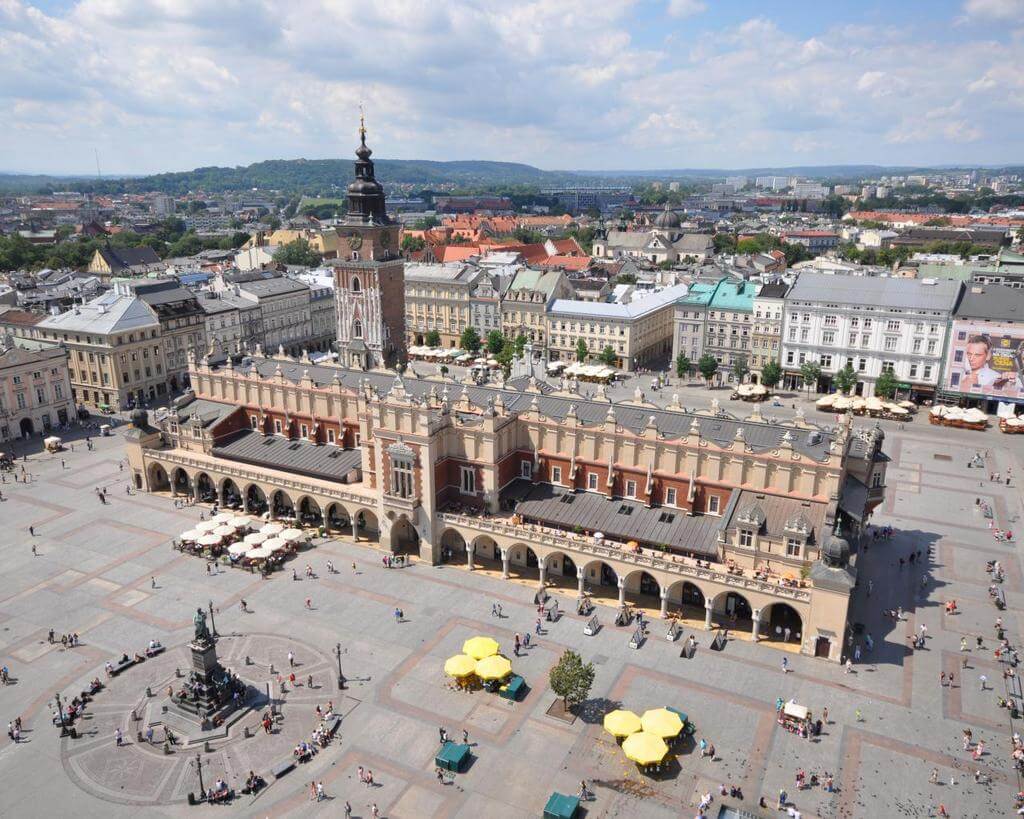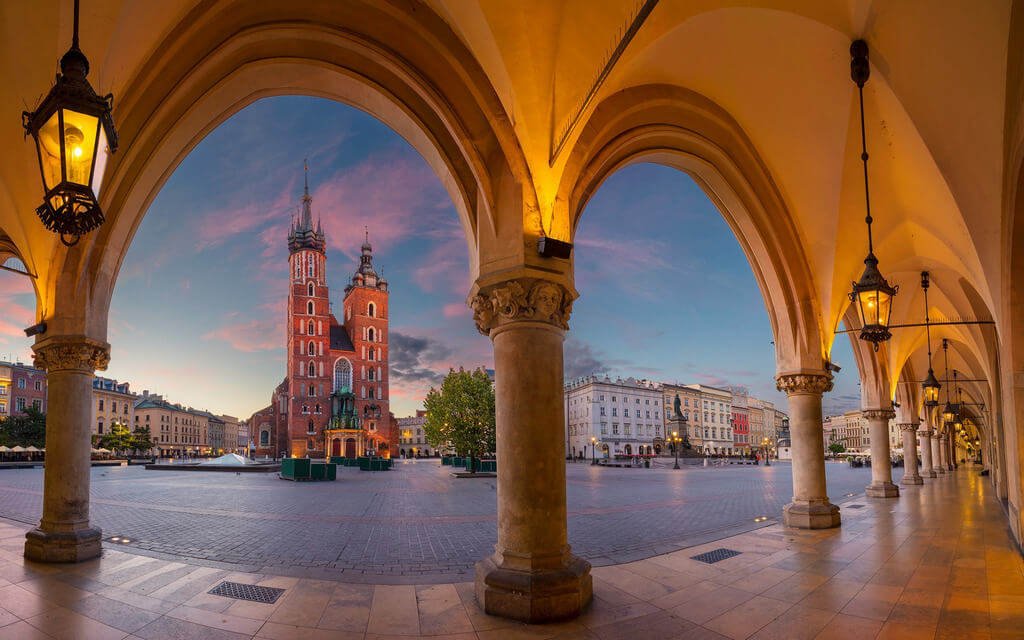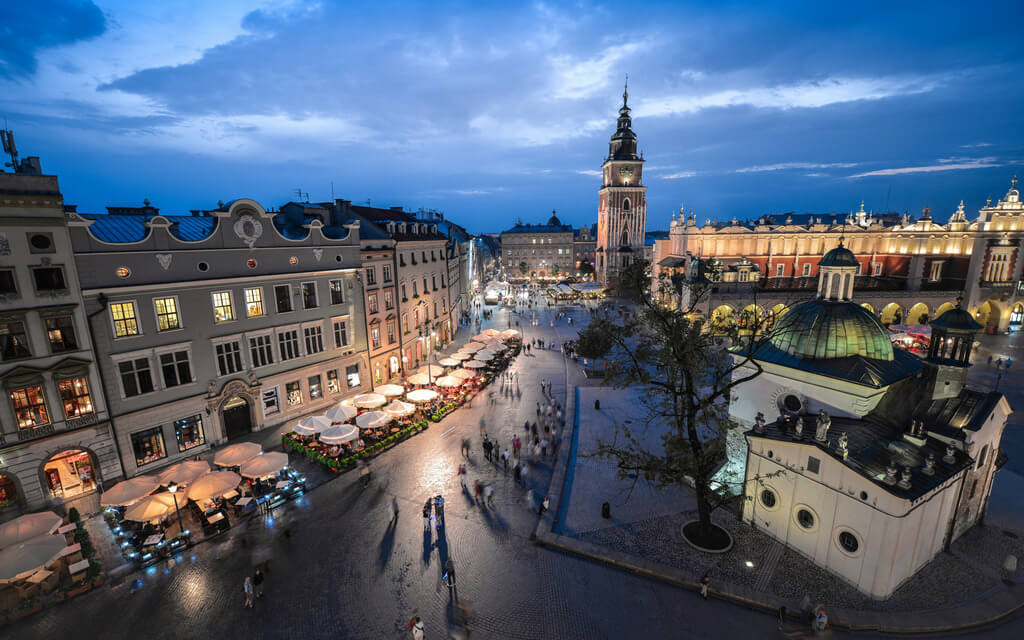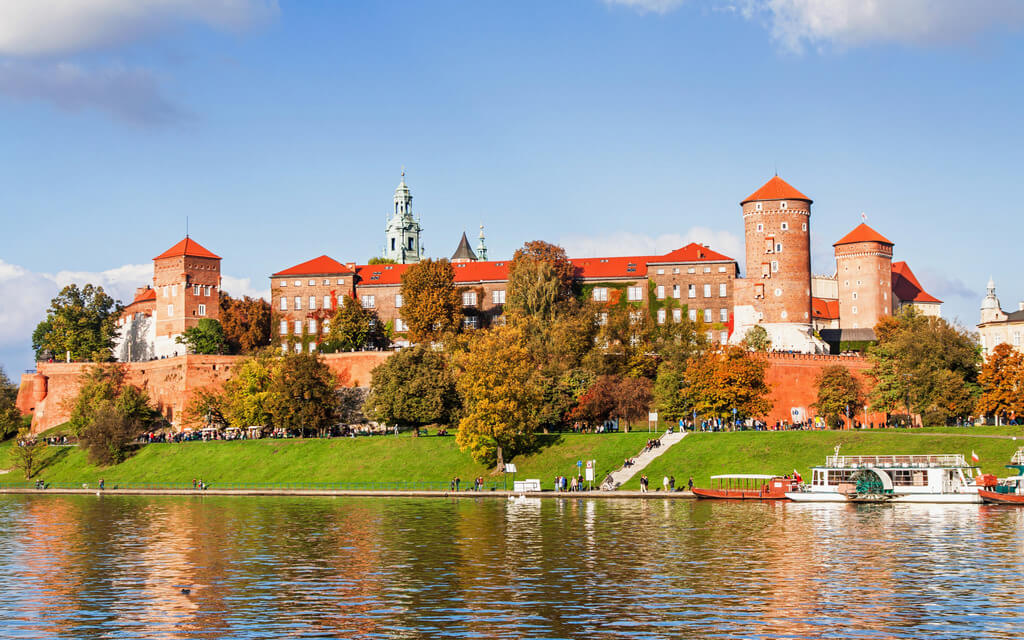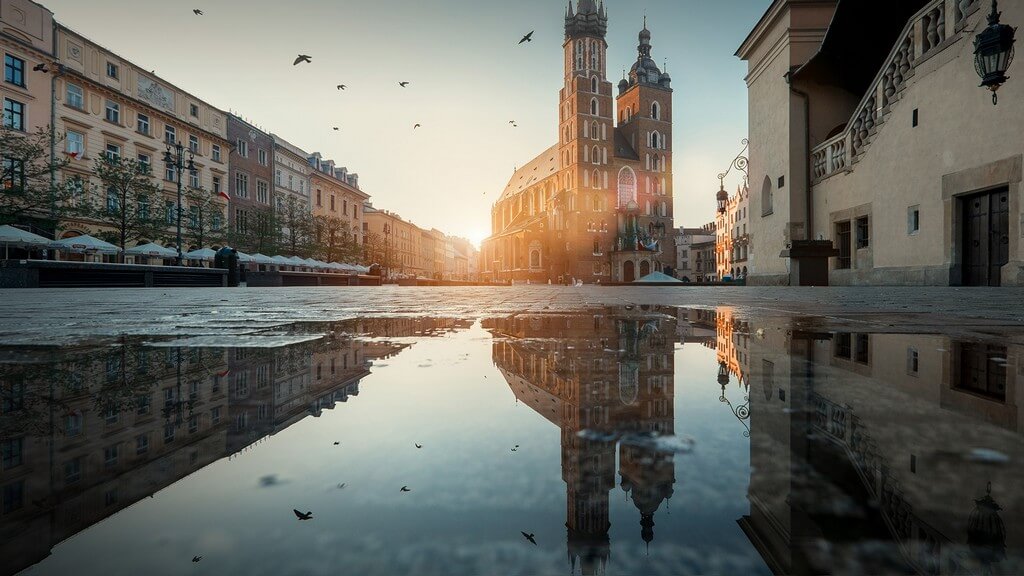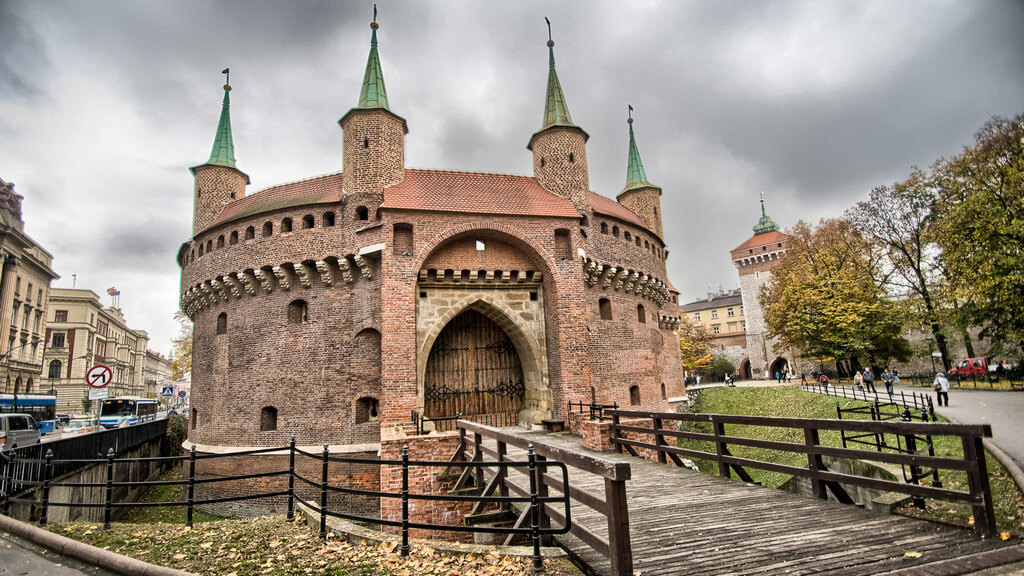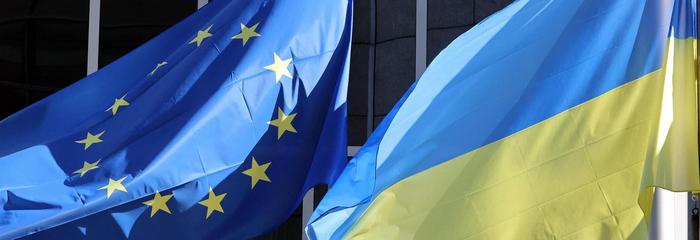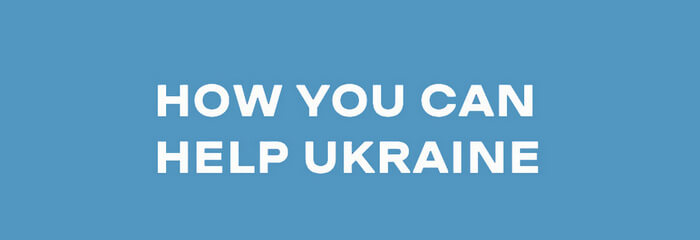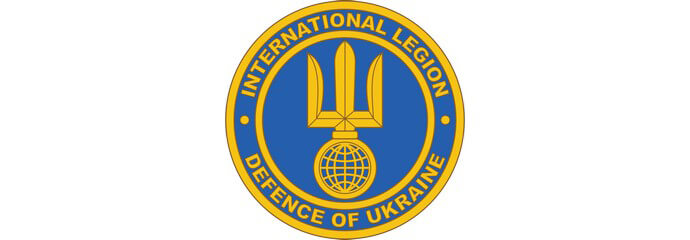Poland is a central European country borders Germany, Czechia, Slovakia, Ukraine, Belarus, and Lithuania. In the north, Poland has beach towns along the Baltic Sea, as well as the colorful port city of Gdansk. Krakow is another popular city in Poland, with medieval sites and a strong Jewish heritage, while the capital city of Warsaw has a carefully restored Old Town, which is a UNESCO World Heritage site.
Migrants moving to Poland will find themselves in an extremely safe country occupying a strategic position in the heart of Europe. Having effectively weathered much of the economic storm of recent years, Poland remains one of Europe’s best-performing economies.
Poland has never been the most popular destination for migration, and when the country officially joined the European Union (EU) in 2004, emigration statistics sky-rocketed, leading to a significant population decrease.
- Official name: Republic of Poland (short form: Poland), Rzeczpospolita Polska (short form in Polish: Polska)
- Official Language: Polish
- Location: Central Europe. Poland borders Germany, the Czech Republic, Slovakia, Ukraine, Belarus, Lithuania and Russia (the Kaliningrad exclave). Its northern border (440 km long) runs along the Baltic Sea coast.
- Capital city: Warszawa (Warsaw: population 1.7 million / Warsaw agglomeration: 2.5 million)
- Population: 38 million. Poland has the seventh-largest population in Europe (omitting Russia) and the sixth-largest in the European Union.
- Area: 312 685 km2
- Administrative division: 16 provinces (wojewodztwa)
- Urbanization: 65%
- Tourism: 14 million tourists visit Poland every year, Poland ranks 14th in the world as a tourist destination
- Time zone: Poland belongs to the Central European time zone (GMT + 1 hour / UTC + 1 hour), except for between the last Sunday in March and the last Sunday in October when it switches to daylight saving time.
- Climate: The Polish climate is moderate continental, with relatively cold winters (from December to March) and hot summers which extend from June to August. January temperatures average -1°C (30°F) to -5°C (23°F). July and August average temperatures range from 16.5°C (62°F) to 19°C (65°F), though some days the temperature can reach even 35°C (95°F).
- Currency: 1 zloty (PLN) = 100 groszy (current exchange rates: www.nbp.pl)
- Calling code: + 48; Internet domain: .pl
Poland is a member state of the Schengen Area, the United Nations, NATO, the OECD, the Three Seas Initiative, the Visegrád Group, and guested at the G20.
There is an increase in work opportunities for enterprising foreigners and new arrivals usually find work in industries such as agriculture, construction, production, HoReCa (Hotels, Restaurants, Cafes) & manufacturing. Despite these opportunities, those looking to relocate will still face a number of challenges. Poland is well known for its tedious bureaucracy and, as a result, large infrastructural changes are slow to take effect.
Salaries are among the lowest on the continent and the cost of living in Poland still remains on the lower end. Although public healthcare provision is adequate, the government spends the lowest percentage of its GDP on healthcare, and migrants should explore their private health insurance options in order to have access to private healthcare facilities.
Be ready, that a very little of the Polish population speaks English well.
Although Poland’s public education system has undergone many positive changes in recent years and tuition is free to all children resident there, including migrants. As Polish is the language of instruction in public schools, the majority of migrants opt to send their children to international schools in Poland. There are a number of these to choose from, particularly in the major cities.
Migrants living in Poland need to prepare themselves for a relatively conservative environment, as strong family values and a powerful Catholic undercurrent still dominate the social milieu. Another potential difficulty is that, with the exception of Poland’s vibrant youth, very little of the Polish population speaks English. This can complicate just about everything, from assimilation into the working environment to solidifying meaningful social connections.
On the upside, Poland’s largest cosmopolitan centers, Warsaw, Kraków, Gdańsk, Wrocław and Poznań are gradually making their way onto the international stage, with a growing café culture, a thriving night-life, and an increasingly cutting-edge cuisine scene.
Migrants moving to Poland with an optimistic attitude can certainly succeed, but the path may prove to have a lot of challenges.



